Israel attacks Iran: Breakdown of key nuclear facilities targeted
Israel targeted multiple Iranian nuclear sites in an unprovoked attack, including Natanz and Khondab
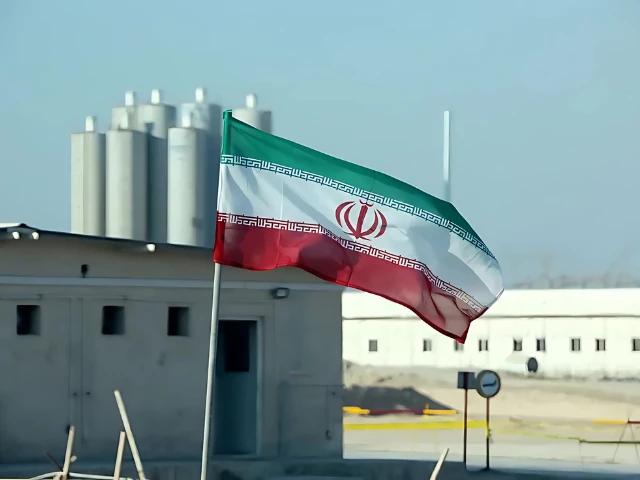
Israel attacked multiple sites in Iran on Friday, targeting the Iranian nuclear facilities which have been a longstanding but disputed source of tension on the global stage.
The country’s nuclear infrastructure spans multiple sites, each playing a significant role in enriching uranium and conducting research.
The unprovoked attack by Israel, which has since been condemned globally, comes in light of allegations of nuclear weapons development by Iran.
Here’s an overview of some of Iran's key nuclear facilities and their status following Israeli attacks.
Natanz
Located south of Tehran, near the city of Qom, the Natanz facility is at the core of Iran’s uranium enrichment programme. It was also one of the targeted sites for Israel's attack, as per the International Atomic Energy Agency (IAEA).
“The IAEA is closely monitoring the deeply concerning situation in Iran. Agency can confirm Natanz site among targets. The Agency is in contact with Iranian authorities regarding radiation levels. We are also in contact with our inspectors in the country.” - DG @rafaelmgrossi
— IAEA - International Atomic Energy Agency ⚛️ (@iaeaorg) June 13, 2025
It contains two major plants: the underground Fuel Enrichment Plant (FEP) and the above-ground Pilot Fuel Enrichment Plant (PFEP).
Natanz houses a large number of centrifuges and has the capacity for large-scale uranium enrichment.
The FEP alone can accommodate 50,000 centrifuges, although approximately 16,000 are installed, with around 13,000 in operation, enriching uranium to 5% purity.
However, some of the centrifuges have been targeted in attacks, including explosions in 2021, which were attributed to Israel.
Bushehr
Bushehr is Iran’s only operational nuclear power plant. It is located on the Gulf coast and is reportedly powered by Russian-supplied fuel.
The Russian contract stipulates that the spent fuel will be returned to Russia, minimising the risk of proliferation.
However, the operation of Bushehr highlights Iran’s broader interest in nuclear energy, even though it has been a point of concern for international stakeholders.
IAEA confirmed Bushehr was left unaffected by the strikes.
“Iranian authorities have informed the IAEA that the Bushehr Nuclear Power Plant has not been targeted and that no increase in radiation levels has been observed at the Natanz site.” - DG @rafaelmgrossi https://t.co/3oDMwFZKPq
— IAEA - International Atomic Energy Agency ⚛️ (@iaeaorg) June 13, 2025
Fordow
Fordow, located near Qom, is another significant site due to its location inside a mountain, making it resistant to potential airstrikes.
It was built in secret and only revealed to the IAEA in 2009.
While the 2015 nuclear deal prohibited Iran from enriching uranium at Fordow, the country resumed enrichment after the US withdrew from the deal in 2018.
Fordow currently houses 2,000 centrifuges, with approximately 350 of them enriching uranium to 60% purity, a level close to weapons-grade material.
IAEA Director General Rafael Grossi confirmed the site had not been impacted by Israel's attack.
“As of now, the Fordow Fuel Enrichment Plant has not been impacted,” DG @rafaelmgrossi says after further contacts with Iranian authorities. https://t.co/3WmNCSU1W9
— IAEA - International Atomic Energy Agency ⚛️ (@iaeaorg) June 13, 2025
Isfahan
The city of Isfahan is home to Iran’s Fuel Plate Fabrication Plant (FPFP) and uranium conversion facility (UCF). These facilities process uranium into uranium hexafluoride, which is then fed into centrifuges for enrichment.
Iran also stores enriched uranium at Isfahan, and the site is capable of producing uranium metal, which is a proliferation-sensitive material.
The IAEA has expressed concerns over the manufacturing of centrifuge parts at this location. It was confirmed that Isfahan nuclear site was left unaffected by the Israeli assault.
“Further contacts with Iranian authorities confirm that the Isfahan nuclear site has not been impacted.” - DG @rafaelmgrossi https://t.co/z77tl2mILx
— IAEA - International Atomic Energy Agency ⚛️ (@iaeaorg) June 13, 2025
Khondab
The Khondab reactor, formerly known as the Arak reactor, poses significant proliferation risks due to its potential to produce plutonium, which can be used to develop nuclear weapons.
Under the 2015 deal, construction was halted, and the reactor’s core was removed.
Khondab was one of the sites targeted by Israel, as per Iranian media reports.
Tehran Research Centre
Located in the capital, Tehran’s nuclear research facilities include a research reactor that supports Iran’s nuclear energy and technology development.
While it does not directly contribute to uranium enrichment, the research facility plays an essential role in Iran’s broader nuclear ambitions.




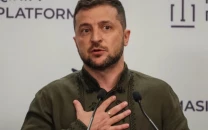

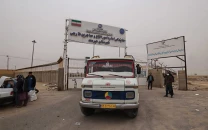

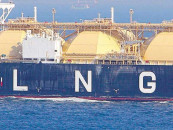



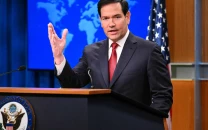







COMMENTS
Comments are moderated and generally will be posted if they are on-topic and not abusive.
For more information, please see our Comments FAQ